First, gather all of your supplies. Black silk thread and white linen fabric were the most commonly used items for blackwork embroidery in Tudor England. A frame to mount your linen fabric to would be best, that way the linen does not lose the shape of its weave. An embroidery hoop can be used. However, there is a fair chance that it will cause your linen fabric to become misshapen, causing your stitches to potentially not be taut and/or the pattern to lose its geometric symmetry.
Next, select a pattern. Some patterns can be found from historic portraits, such as paintings done by Holbein. Also, decide where you want your pattern to go (on the cuffs of your sleeves, on a neck ruff, on the sleeves, etc). Study your pattern prior to beginning your stitches. It is wise to know what journey your needle will be taking before you start, to allow for less mistakes and hopefully a reversible design in the end.
Once you have everything prepared, then it is time to get started. Some embroiderers tie a knot at the end of their thread prior to starting. However, in my personal experience, I prefer to keep a small tail at the end and weave it into the stitches on the backside of my embroidery project. This tail does not make my project completely reversible, but it does allow for me to machine wash my items without too much fear of my embroidery stitches coming out.
After deciding on how to secure the end of your thread, begin to feed the needle through the linen fabric. Take note of the weave of your fabric. For the linen fabric I have used on my blackwork embroidery projects, I count to every third hole to feed my needle through. As you are the artist and it is your project, it is up to you how large or small you would like your stitches to be. Blackwork embroidery is also known as a running stitch. To create this effect, go in and out with your needle creating a dashed line look. When you reach the other end of your fabric, then fill in the blank spots on your return journey. Once you arrive back at your starting point, you should have a complete line that is identical on both sides of the fabric.
For more complex patterns, the design may have to be broken up into portions. For example, if you are creating a basket weave design, then you may have to divide up the design by stitching the top half and later stitching the bottom half. The end result will be the completed basket weave design. This again is where studying your pattern's journey prior to beginning is quite helpful.
Please do not ever be discouraged. Practice makes perfect. I first learned how to do blackwork embroidery when I was a teenager. Now, after a decade has gone by, I am still learning things by trial and error.



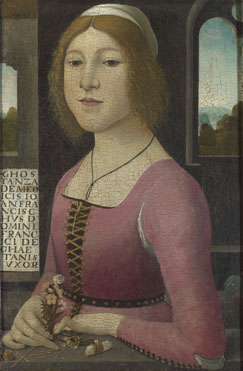





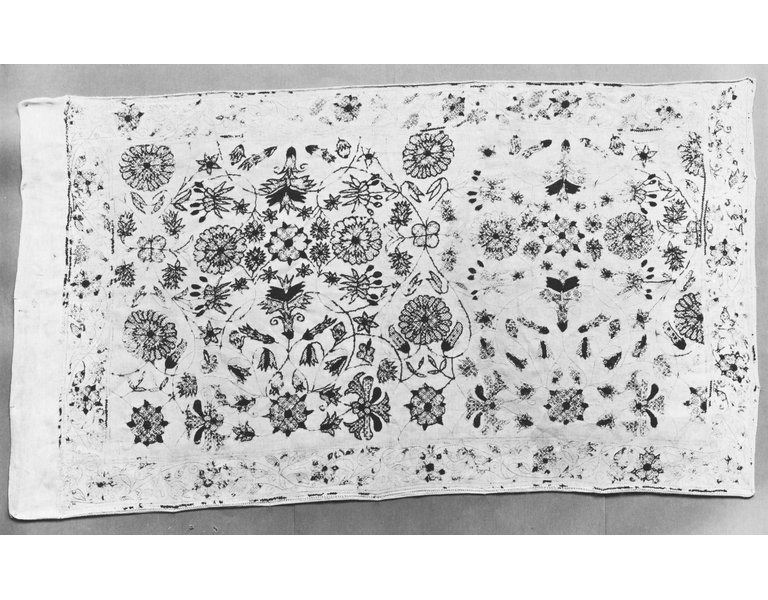
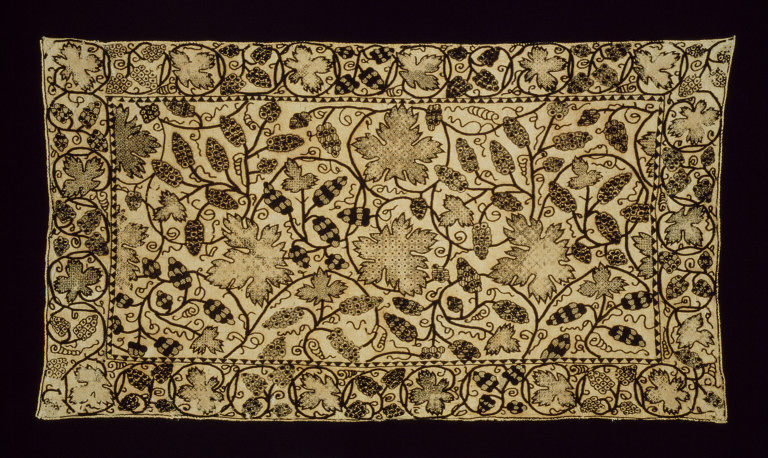
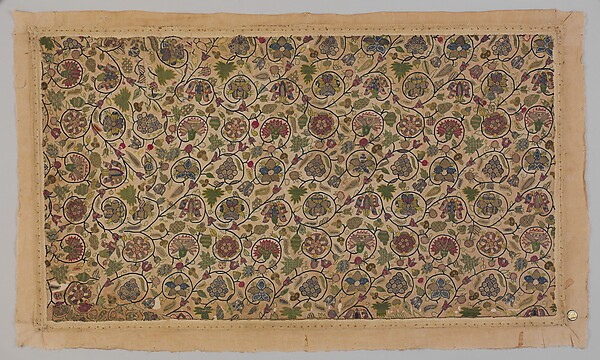






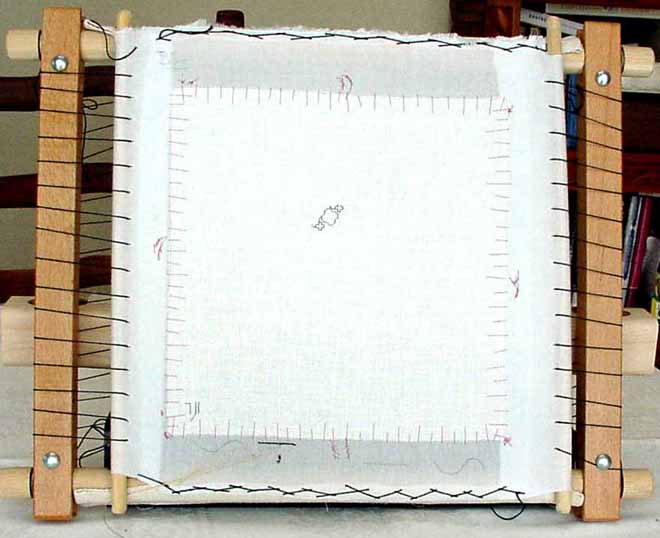

 (Same picture as above)
(Same picture as above),_f.50_-_BL_Add_MS_17025.jpg)















